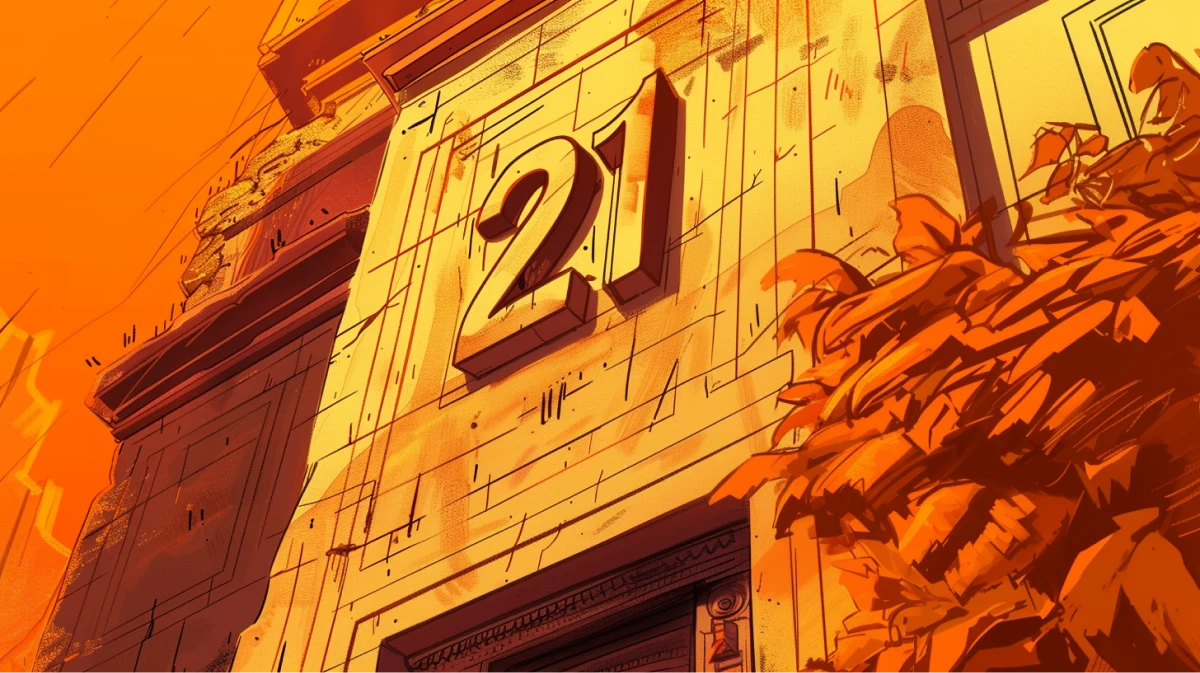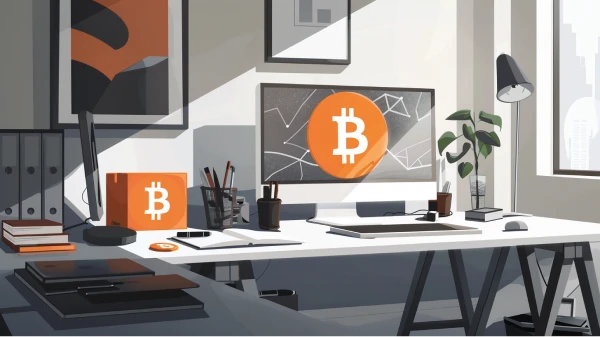Is Bitcoin’s Distribution Fair?
Bitcoin’s distribution is uneven. A small number of addresses or entities hold large portions of the total bitcoin supply. Notably, Satoshi Nakamoto, the creator of Bitcoin, is estimated to have amassed 1 million bitcoin, just under 5% of the total supply. Other wealthy individuals own tens or hundreds of thousands of bitcoin. Additionally, a few exchanges also hold very large amounts of bitcoin.
➤ Learn more about who owns the most Bitcoin.
This has led Bitcoin critics to claim that Bitcoin is unfair and could not function properly as a global currency, as it would exacerbate wealth inequality. While it is true that a few entities control large sums of bitcoin, this is not due to any dishonest or unfair feature of Bitcoin.
Bitcoin was first proposed via a whitepaper, which Satoshi Nakamoto emailed to an email list in 2008. From the very beginning, Bitcoin was an open project: Satoshi shared the code with anyone who wished to contribute. On January 3rd, 2009, Satoshi mined the Genesis block, the first block in Bitcoin’s blockchain. Soon, other individuals began mining blocks. As miners and developers joined the project, Satoshi gradually removed himself from the project, allowing Bitcoin to decentralize.
Throughout Bitcoin’s existence, any individual could have joined the project and accumulated bitcoin. The only real hurdle was knowledge of Bitcoin’s existence, a hurdle which the Bitcoin community has worked hard to eliminate.
Despite owning almost 1 million coins, Satoshi never moved or sold them. This selflessness has not been replicated by almost any other cryptocurrency, where the founders usually grant themselves large amounts of a coin before the project is even launched, and then sell the token at its peak to realize a large profit.
Why Is Bitcoin Distribution Uneven?
Fair systems do not lead to equal outcomes for all. Although Bitcoin’s distribution was fair, it is not even. However, the degree of unevenness is a subject of unsettled debate. Analyses which purport to measure Bitcoin distribution are flawed in several ways, and Bitcoin’s market dynamics have gradually evened Bitcoin’s distribution.
Inaccurate Assumptions and Measurement
Studies of Bitcoin distribution usually rely on data directly from the blockchain, which records all official transactions on the Bitcoin network. By querying the blockchain using chain analysis, one can calculate the total distribution of bitcoin across all existing addresses.
The problem with this analysis is that users and addresses are not reliably correlated. Users typically use new addresses for each transaction in order to avoid address reuse, which damages a user’s privacy. Thus, a user who owns 10 bitcoin may hold those bitcoin in 1, 10, or any number of different addresses.
Conversely, some addresses hold bitcoin which legally belongs to multiple parties. Most commonly, exchanges store large amounts of bitcoin in multisig addresses. These addresses look like they are a single, extremely wealthy individual, when in fact they are the aggregate of thousands or tens of thousands of user balances at an exchange.
Thus, addresses and real-world entities have a many-to-many relationship. Chain analysis attempts to clean up blockchain data by clustering addresses by user based on metadata such as the timing of the transactions, the script types used, and the amounts. However, this analysis is based on assumptions and is not reliable.
Market Dynamics
Over the 10 years that Bitcoin has been traded, continuous boom and bust cycles have contributed to a more even distribution of bitcoin. During bull markets, when the price of bitcoin rises rapidly, early adopters with large balances tend to cash out, selling to newcomers attracted by the price rise. This distributes the bitcoin supply more widely and evenly. During the following bear market, some newcomers may sell, and bitcoin will consolidate in the hands of those with stronger conviction. However, not all newcomers will sell, yielding a net dilution of bitcoin supply. This trend has been measured by Unchained Capital by tracking the age of all UTXOs existing at any given time.
➤ Learn more about HODL waves.
Is Bitcoin’s Monetary Policy Fair
Bitcoin’s monetary policy is the only fair monetary policy possible. Both inflationary and deflationary monetary policies are unfair, as they must either devalue individuals’ savings or confiscate wealth in order to reduce the money supply. By instituting a perfectly neutral monetary policy, Bitcoin achieves fairness.
Why Inflation Is Unfair: The Cantillon Effect
Inflationary monetary systems, such as fiat currencies, are manipulated to benefit specific people at the cost of others. When new money is created by central banks or private banks, it devalues all existing money by a tiny percentage. If new money was created in a fair way, it would be evenly distributed to all users of the currency. This is not how the financial system works.
Instead, newly created money is given to certain individuals and institutions first. These entities have the ability to spend the new money in an economy whose prices have not yet reflected the decrease in the value of the money. Thus, those with first access to newly created money can acquire goods and services at lower prices than those who access the new money later. This phenomenon and the disparity it creates are named the Cantillon Effect.
In the legacy financial system, those who benefit from the Cantillon effect are the owners of private banks and those whose wealth is stored in the stock market. On the other hand, those whose wealth is stored in fiat currency, and those less connected to the financial system, are harmed by the devaluation of their savings and the rise in prices.
Bitcoin eliminates the unfair advantage fiat currencies give to bankers and the wealthy, who more frequently store their wealth in the stock market. Bitcoin miners must spend extraordinary amounts of energy and time to create new bitcoin, and when they sell these bitcoin, they sell them on a far more open market, eliminating the Cantillon Effect.
Why Deflation Is Infeasible
Deflation stems from a reduction in the supply of money. Thus, a deflationary monetary policy runs into the immediate problem of deciding which money to remove from the supply in order to effectuate deflation.
If Bitcoin were to be an explicitly deflationary money, there would have to be a mechanism for destroying coins and choosing whose coins to destroy. Such a system would be both unfair and undesirable for users.
Who Controls the Bitcoin Network
Bitcoin has three major actors: miners, nodes, and users. Miners process transactions and add new blocks to the blockchain. Nodes validate and store the blockchain as well as unconfirmed transactions. Users hold and transact bitcoin.
Superficially, it would seem that miners control the network. This assumption is the basis of several different critiques of Bitcoin, but it is inaccurate. While miners produce blocks, the blocks are only valid if they are accepted by nodes. No amount of miners can force nodes to accept invalid blocks. Thus, nodes control the network. This theory was proven during the battle over the Segregated Witness upgrade in 2017.
➤ Learn more about Segregated Witness (SegWit).
Nodes help keep Bitcoin safe, stable, and fair. If miners were in charge of the network, they might have an incentive to raise Bitcoin’s hard cap or alter Bitcoin in other ways in order to maximize their own profits. Nodes, on the other hand, do not have a direct profit incentive to change the rules of the network, and thus serve as a cautious, conservative force for Bitcoin.
Key Takeaways
- Bitcoin’s distribution was a completely open process, and Satoshi Nakamoto, the largest beneficiary, has never cashed out or used his 1 million coins.
- Bitcoin’s monetary policy is the only feasible, fair monetary policy. Bitcoin avoids both inflation and explicit deflation.
- Bitcoin is controlled by nodes, not miners.Thus, the network is secure against selfish manipulation of the rules to benefit a single party.


